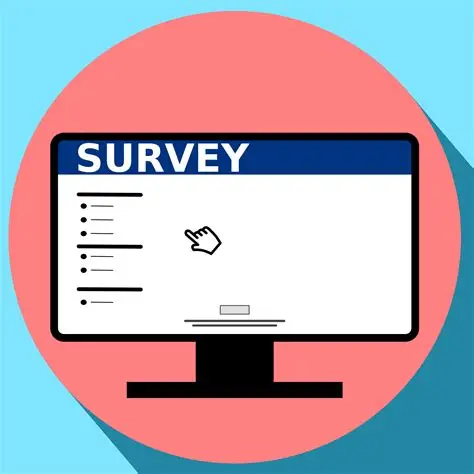Survey Design: Satisfaction, Ease-of-Use, and Suggestions

A well-designed survey can provide critical insights into user experiences, helping teams improve products, services, or processes. Among the most informative categories in a survey are satisfaction, ease-of-use, and suggestions. Together, these dimensions offer a balanced view of what’s working, what’s not, and what users would like to see improved.
Here’s how to design a survey that effectively captures all three:
1. Start with Clear Objectives
Before writing questions, define what you want to learn:
-
Are you assessing user happiness?
-
Are you trying to pinpoint usability issues?
-
Do you want ideas for future improvements?
Your objectives should guide the structure and length of the survey.
2. Measure Satisfaction Effectively
Satisfaction questions help gauge how users feel about their overall experience. Examples include:
-
“How satisfied are you with our product/service?”
-
“How likely are you to recommend us to others?” (Net Promoter Score)
Use Likert scales (e.g., 1 to 5 or 1 to 10) for consistency and easier analysis. Include open-ended follow-ups like:
-
“What did you like most about your experience?”
3. Assess Ease-of-Use Clearly
Ease-of-use questions help identify friction points in the user experience. Consider:
-
“How easy was it to complete your task?”
-
“Did you encounter any difficulties?”
These can also use rating scales, paired with optional comment boxes. If relevant, include task-specific questions (e.g., navigation, checkout, login process).
4. Invite Suggestions Thoughtfully
The suggestions section is where users provide ideas you may not have considered. Use prompts like:
-
“What could we do to improve your experience?”
-
“Is there anything missing or confusing?”
Avoid vague or overly broad questions. Keep it simple, and allow space for users to be creative or specific.
5. Balance Question Types
Use a mix of closed-ended and open-ended questions. Closed-ended questions are easier to analyze, while open-ended ones capture rich, qualitative insights. Strike a balance to avoid survey fatigue.
6. Keep It Short and Focused
The best surveys are short, clear, and relevant. Aim for:
-
5–10 core questions
-
5 minutes or less to complete
-
Mobile-friendly formatting
Respect the user’s time to ensure higher completion rates.
7. Test Before Launching
Pilot the survey with a small group. Check for:
-
Clarity of language
-
Logic flow
-
Technical issues
Make adjustments based on their feedback before sending it to a wider audience.
8. Segment Your Respondents
Consider adding demographic or behavioral segmentation to make the feedback more actionable. For example:
-
New vs. returning users
-
Age group or role
-
Device type
This allows for deeper analysis and targeted improvements.
9. Respect Anonymity and Privacy
Be transparent about how feedback will be used, and provide an option for anonymous responses. This increases honesty, especially for sensitive topics.
10. Follow Up on Results
Design your survey with follow-through in mind. Plan how you'll analyze the results, communicate findings internally, and act on the feedback received. Consider sharing key improvements with users to build trust.
Final Thoughts
Designing a survey around satisfaction, ease-of-use, and suggestions gives you a well-rounded understanding of the user experience. When crafted thoughtfully, these surveys don’t just collect opinions—they drive meaningful change.
- Arts
- Business
- Computers
- Παιχνίδια
- Health
- Κεντρική Σελίδα
- Kids and Teens
- Money
- News
- Recreation
- Reference
- Regional
- Science
- Shopping
- Society
- Sports
- Бизнес
- Деньги
- Дом
- Досуг
- Здоровье
- Игры
- Искусство
- Источники информации
- Компьютеры
- Наука
- Новости и СМИ
- Общество
- Покупки
- Спорт
- Страны и регионы
- World


